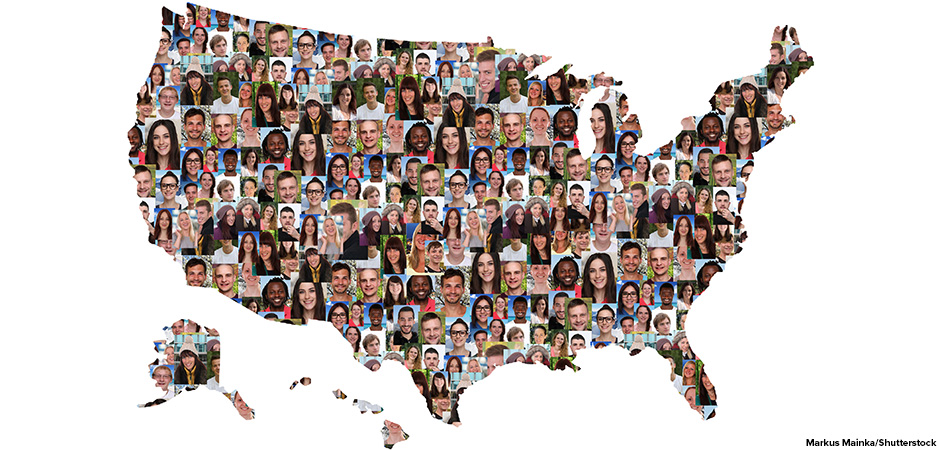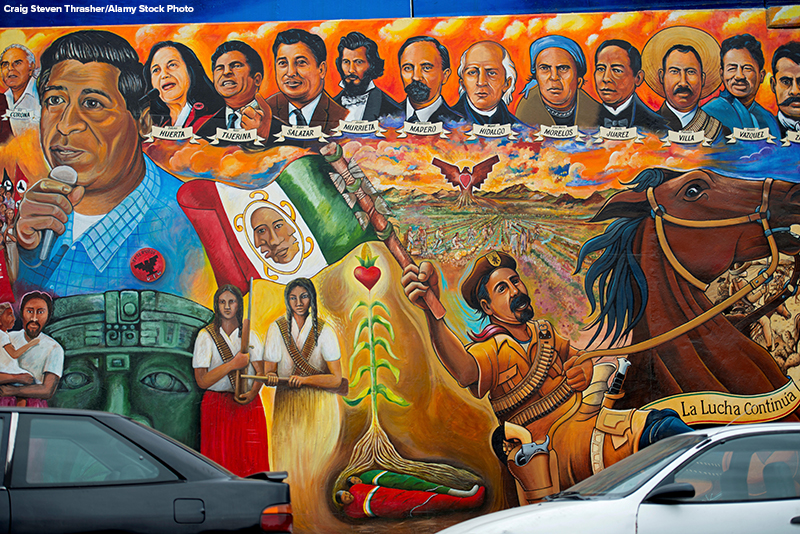
Hispanic Heritage Month is observed from September 15 to October 15. These weeks provide an opportunity to explore significant cultural movements of the Hispanic and Latino communities. One such cultural movement is the Pachuco subculture. This subculture emerged during the early twentieth century and became a symbol of Mexican American youth resisting discrimination. Learning about the Pachuco subculture, helps us better understand the challenges Mexican Americans faced and how they used culture to express pride and defiance.
Discrimination of Mexican Americans
Thousands of Mexican immigrants settled in the United States during the late 19th and early 20th centuries. They were looking for new jobs in the United States. Most of these immigrants settled in the border cities and growing urban areas in the Southwest and West Coast. However, they were often viewed as outsiders, treated as second-class citizens, and discriminated against. They faced prejudice due to cultural differences, language barriers, and the belief that they were taking jobs from white Americans. Mexican Americans were frequently marginalized in public spaces, schools, and workplaces.

As a response to this prejudice, Mexican Americans began to seek ways to assert their identity. This desire for self-expression and cultural pride set the stage for the development of the Pachuco subculture. Pachuco would offer Mexican American youth a sense of belonging and empowerment in the face of discrimination.
The Pachuco Subculture
The Pachuco subculture emerged in the 1930s and 1940s, particularly in U.S. cities along the border with Mexico and in urban areas like Los Angeles. Pachucos expressed themselves through distinctive clothing, language, and music.
The most recognizable symbol of the Pachuco subculture was the zoot suit. This oversized, flashy suit featured high-waisted, baggy pants and long coats with wide lapels. It stood out dramatically from the more traditional suit styles worn by the rest of society. The style of the zoot suit was a symbol of rebellion. Pachucos also adopted a distinct hairstyle, slicking back their hair into what was known as a “ducktail.” In addition to their style, they spoke Caló, a mix of Spanish, English, and street slang that further differentiated.
Zoot Suit Riots
In 1943 in Los Angeles, conflict between Mexican American youths in zoot suits and white servicemen escalated into several days of violent clashes. This came to be known as the Zoot Suit Riots. The riots began after a fight occurred between a group of Mexican American teenagers and navy servicemen. What followed was a series of attacks on Mexican American youth, with servicemen targeting anyone wearing a zoot suit. The police, rather than protecting the victims, often arrested the Pachucos or allowed the violence to continue. The media portrayed the Pachucos as dangerous delinquents. This helped to fuel the hostility towards them.
After the Zoot Suit Riots, the Pachuco subculture became inaccurately associated with crime and gang violence. This negative perception led to further marginalization of law abiding Mexican American youth who identified with the Pachuco lifestyle.
As the 1950s approached, the Pachuco subculture began to fade. Many young Mexican Americans left behind the zoot suits and Caló language as they moved into adulthood, found steady jobs, or entered the military. However, the Pachuco subculture’s desire to resist the mainstream was an inspiration to some. It laid the foundation for the Chicano civil rights movement of the 1960s and 1970s. Elements of Pachuco culture—its fashion, language, and music—became important symbols of resistance and pride for future generations.
